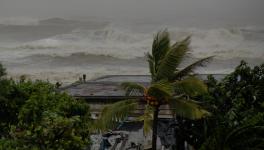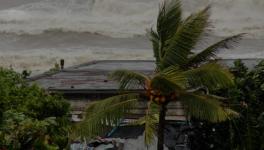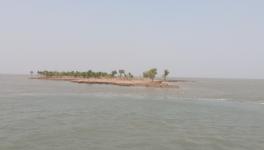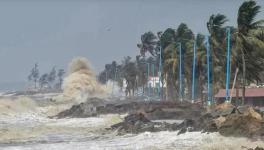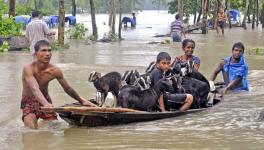Cyclone Mocha: IMD Predicts Storm Intensification Over the Bay of Bengal by May 10
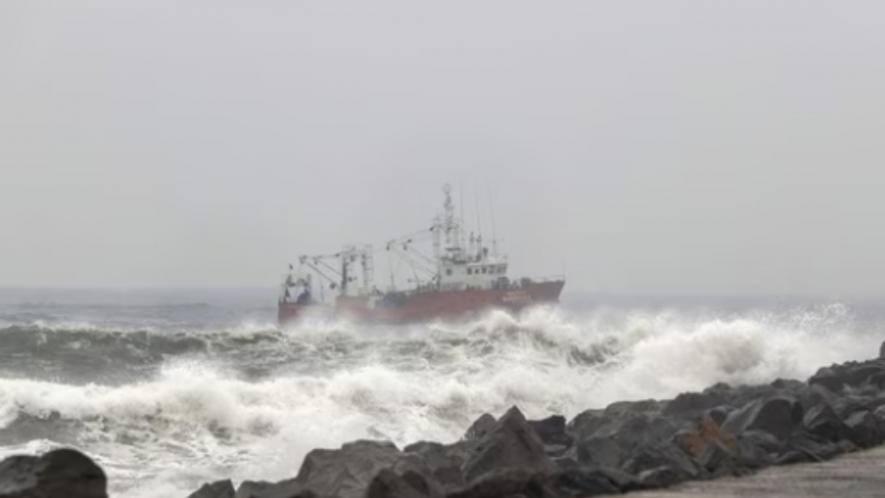
A low-pressure area is likely to form on Monday under the influence of a cyclonic circulation that lies over the southeast Bay of Bengal and adjoining south Andaman Sea. Image Courtesy: PTI
The Indian Met Department (IMD) has issued a warning about the intensification of the cyclonic storm over the Bay of Bengal (BOB) by May 10. In May, the BOB usually brings in several tropical storms, with some causing widespread damages and losses. The IMD has predicted such an event again.
In the latest IMD release of May 8, the cyclonic circulation formed over the southeast BOB and the adjoining Andaman Sea on May 7 has turned into a low-pressure area over the same region. The release says that the low pressure may further intensify into a depression on May 9 over the same region. Here on, the system is likely to turn into a cyclonic storm.
As the IMD predicts, the cyclonic storm is likely to develop over the southeast BOB, Andaman Sea and the adjoining areas of east central BOB. If the prediction becomes right and the cyclonic storm develops on May 10, it will most likely move north north-westward towards east and central BOB (towards the Indian side) till May 11, according to the IMD. From here, the cyclonic storm will recurve north-westward towards Bangladesh and Myanmar coast.
The IMD alerts that the sea conditions are very favourable for cyclogenesis, meaning that the low pressure can strengthen and form a cyclone for the next 120 hours or five days. The IMD predictions are based on the IMD- GFS (Global Forecast System) model.
The TCHP (Tropical Cyclone Heat Potential), as told by IMD, is as high as 100 Kilojoules per centimetre square over major parts of the South Andaman Sea and the adjoining southeast BOB and central BOB. The TCHP parameter can indicate how much intensity a tropical cyclone possesses. It denotes the heat in the ocean (upper part), which is available as a source of energy for storms. A TCHP above 100 KJ/Cm2 may be a high value, suggesting an intensified storm.
However, the TCHP is showing a decreasing tendency of about 60-70 KJ/Cm2 along the east coast of India, and along the Myanmar coast, the IMD says. Over the entire BOB, the sea surface temperature is around 30-32 degrees Celsius.
Along with the IMD-GFS model, several other models are also observed over the cyclone system fast developing over the BOB. Other models, like the ECMWF (European Centre for Medium-Range Weather Forecast), suggest that the low pressure intensifying into depression is likely to develop by May 10 and develop into a severe cyclonic storm by May 11. This means that the ECMWF prediction of the development of the cyclonic storm lags a day from the prediction of IMD-GFS.
However, the ECMWF predictions also suggest a north-northwestward movement of the cyclonic storm and then recurving north-northeastward toward the Bangladesh and Myanmar coast.
The IMD predicts that, as of now, the cyclonic storm is likely to make landfall over the Myanmar-Bangladesh coast after May 11. The present cyclonic system is being tracked by the IMD in India, and in future, we will come to know the exact location and timing of landfall.
Get the latest reports & analysis with people's perspective on Protests, movements & deep analytical videos, discussions of the current affairs in your Telegram app. Subscribe to NewsClick's Telegram channel & get Real-Time updates on stories, as they get published on our website.











